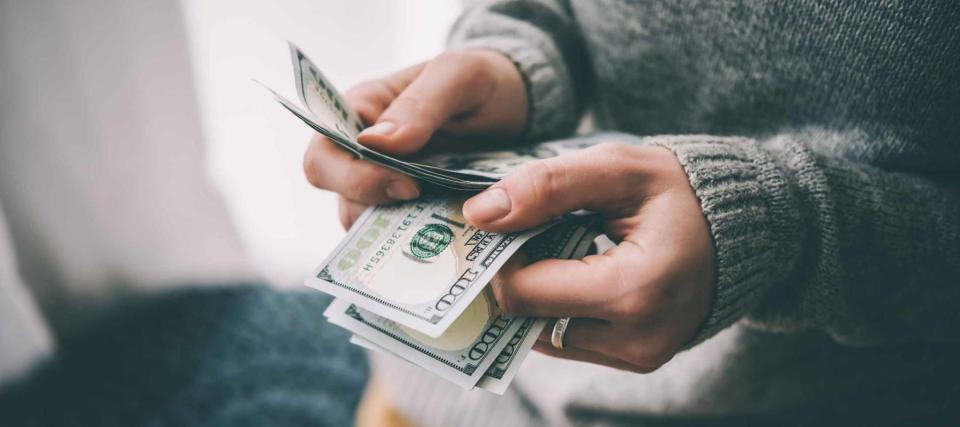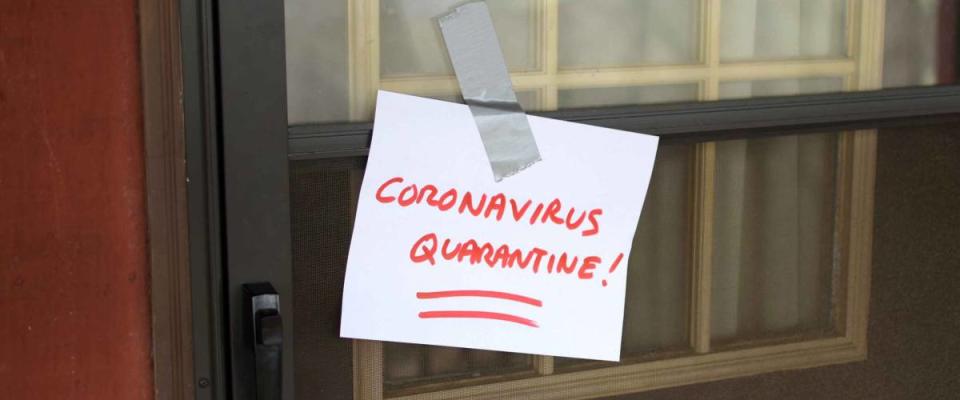Borrowers can expect lower rates on personal loans, thanks to the Fed

Need money for a big expense, like a massive, unexpected medical bill or a major home renovation? Or, maybe you'd like to roll all of your credit card debt into one loan with a lower interest rate?
In those scenarios, a good solution can be a personal loan: an installment loan offered by a bank or an online lender for anywhere from $1,000 to $100,000.
Personal loans typically come with attractive interest rates — and you're likely to find those are getting ever better, thanks to the Federal Reserve's efforts to lift the economy out of its coronavirus recession.
Coronavirus, the Fed and personal loan rates

The growing coronavirus crisis has led the Fed to slash interest rates.
Personal loans currently have APRs — annual percentage rates — ranging from around 5% on up to 36%; the rate depends on the borrower's credit score, income and other factors.
You can find your very best rate by using a site that allows you to compare loans from multiple lenders.
Personal loan rates have ups and downs and follow general interest rate trends often set in motion by the Federal Reserve. The Fed says the average rate on a personal loan in February — when the pandemic was first starting to affect the economy and the financial markets — was 9.63%, down from 10.21% in November.
Though the Fed doesn't have any more recent data, it's very likely personal loan rates have dropped since February. That's because in early March, America's central bank slashed its benchmark interest rate all the way down to near zero in response to the mass business closings and layoffs related to the outbreak.
The Fed's move has sent interest rates sliding pretty much across the board. Mortgage rates have plunged to new all-time lows, with some borrowers landing 30-year home loans with unbelievable rates under 3%.
Why personal loan rates are falling

When the Federal Reserve was using sky-high interest rates to battle steep inflation in the early 1980s, the average rate on personal loans went as high as a jaw-dropping 19.21%, according to Fed data.
With the Fed now taking a hacksaw to rates, anecdotal evidence indicates personal loan rates are coming down.
Those rates are indirectly affected by Fed rate cuts, unlike many credit card rates — which effectively move in sync with what the central bank does. Credit card interest rates have been going down, but they remain much steeper than the best rates on personal loans.
The average APR on a credit card is 15.09%, according to the Fed's latest research. That means if you have a lot of credit card debt, chances are you could shrink your interest costs by gathering up your credit card balances into one debt consolidation personal loan at a far cheaper rate.
If a low-interest personal loan could help you, shop around and find the very best rate out there. You might be surprised what you'll turn up.
